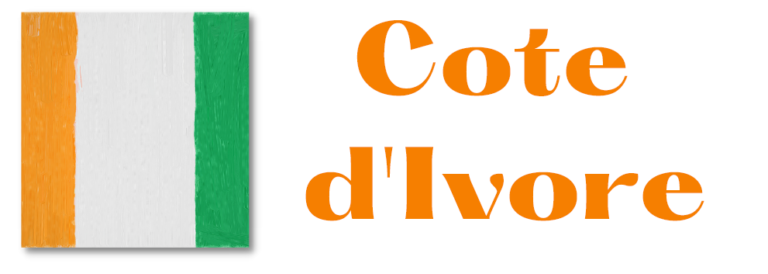Togo
Located in West Africa, the Togolese Republic is bordered by Ghana to the west, Benin to the east, and
Burkina Faso and Niger to the north. It is a small nation with a rich history and culture spanning
centuries. Let’s take a look at what makes this country unique, from its presidents to its flag.
Togo was initially colonized by Germany in 1884. After World War I, it was divided between France and
Britain before being reunited as one independent country after World War II. On April 27th, 1960, Togo
became an independent state under President Sylvanus Olympio. Since then, there have been eight
more presidents in office. Gnassingbé Eyadéma served for 38 years until his death in 2005; he was
succeeded by his son Faure Gnassingbé who is still in office today.
The national flag of Togo consists of five equal horizontal stripes—green on top and bottom and
alternating red and yellow—with a white five-pointed star centered in the upper hoist canton (the
corner of a flag farthest from the flagpole). This design dates back to the independence movement of
1958; green represents hope and fertility, yellow stands for mineral wealth, red symbolizes death during
the fight for freedom against colonialism, and white represents purity and peace. Together they create a
sense of pride within all citizens of Togo.
Togo is known for its vibrant music scene as well as many popular tourist attractions such as
Koutammakou Landscape (UNESCO World Heritage Site), Mt Agou (the highest mountain in Togo),
Cascade de Kpime Waterfall, Fosse aux Lions National Park (which features both forest savanna), Grand
Marche (the largest market in Lome), and Akodessewa Fetish Market (known as “the voodoo market”).
In addition to its natural beauty, modern day Togo boasts a highly diversified economy based primarily
on agriculture along with some light industry manufacturing products like cement, textiles, beverages
and food processing.
The Republic of Togo has come a long way since gaining independence nearly 60 years ago. It has seen
eight different presidents since then – including current president Faure Gnassingbé – while preserving
its national identity through its distinct flag design which proudly displays their colors with pride
throughout the nation. With an abundance of natural beauty along with diverse economy based on
agriculture and light industry manufacturing products like cement or textiles – there is no doubt that this
small West African nation will continue to thrive into the present day future!







